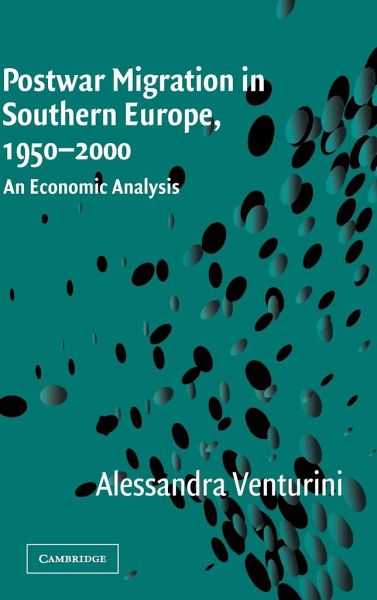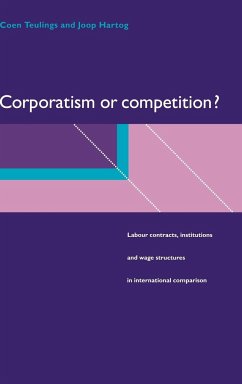
Postwar Migration in Southern Europe, 1950-2000

PAYBACK Punkte
59 °P sammeln!
Managing migration promises to be one of the most difficult challenges of the twenty-first century. It will be even more difficult for south European countries, from which emigration has levelled off and to which immigration has become a significant economic issue. Southern Europe is close to other regions where the pressure to emigrate is intense: these regions have a high level of unemployment, above the European Union average, and a large informal sector, often 15-25 per cent of their economies as a whole. This book analyses the southern European migration case using an economic approach. I...
Managing migration promises to be one of the most difficult challenges of the twenty-first century. It will be even more difficult for south European countries, from which emigration has levelled off and to which immigration has become a significant economic issue. Southern Europe is close to other regions where the pressure to emigrate is intense: these regions have a high level of unemployment, above the European Union average, and a large informal sector, often 15-25 per cent of their economies as a whole. This book analyses the southern European migration case using an economic approach. It combines a theoretical and an empirical approach on the fundamental migration issues - the decision to migrate, effects on the country of departure and country of destination, and the effectiveness of policies in managing migration. It also explores the transformation due to migration of southern European countries in the 1980s and 1990s.














